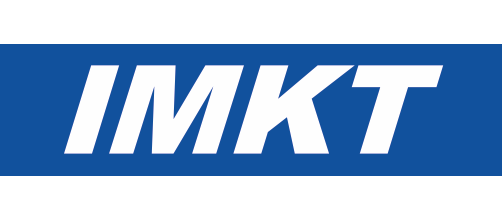Life Cycle Engineering and Virtual Product Development
The Role of Tribology
- verfasst von
- G. W. Poll
- Abstract
Customers and applications have become more and more demanding, reliability and availability are a must, environmental concerns have grown, the cost targets are tougher and today encompass the whole life span of a product including maintenance and disposal. As a consequence, machine elements are downsized or have to operate "at the limits" and maintenance intervals or warranty periods are extended; at the same time, development processes have to be accelerated. Hence the current emphasis on "life cycle engineering", reflecting the need to control the state and behaviour of technical systems over a long period of time, even beyond their projected service life. Engineering systems now have to be designed for "life cycles" which are often so long that there is no way to evaluate the long term performance and the service life by simple testing procedures. Tribology has always been at centre of the strive to increase reliability and availability, to reduce maintenance costs and to extend the service life of technical systems. In the past, this has quite successfully happened through processes which may be characterized as "continuous improvement of tribologically stressed components". True "life cycle engineering", however, means well-founded choices and requires tools to predict the long-term behaviour of such components. In that respect, tribology has achieved a lot as well, but the toolbox is not complete yet. Deficiencies of that kind have often retarded or even prevented progress, as decisions to apply technical innovations were delayed or not taken at all. Tribology in particular offers many options but as it is difficult to quantify the effects and compare them to the additional efforts required, they are often not exploited to the fullest possible extent. This paper gives some of the numerous examples of how tribology is coping with these challenges and indeed has succeeded in making remarkable progress in recent years but also points out where there remains work to be done.
- Organisationseinheit(en)
-
Institut für Maschinenkonstruktion und Tribologie
- Typ
- Aufsatz in Konferenzband
- Seiten
- 15-28
- Anzahl der Seiten
- 14
- Publikationsdatum
- 2005
- Publikationsstatus
- Veröffentlicht
- Peer-reviewed
- Ja
- ASJC Scopus Sachgebiete
- Werkstoffmechanik, Maschinenbau, Oberflächen und Grenzflächen, Oberflächen, Beschichtungen und Folien
- Elektronische Version(en)
-
https://doi.org/10.1016/s0167-8922(05)80005-7 (Zugang:
Geschlossen)


